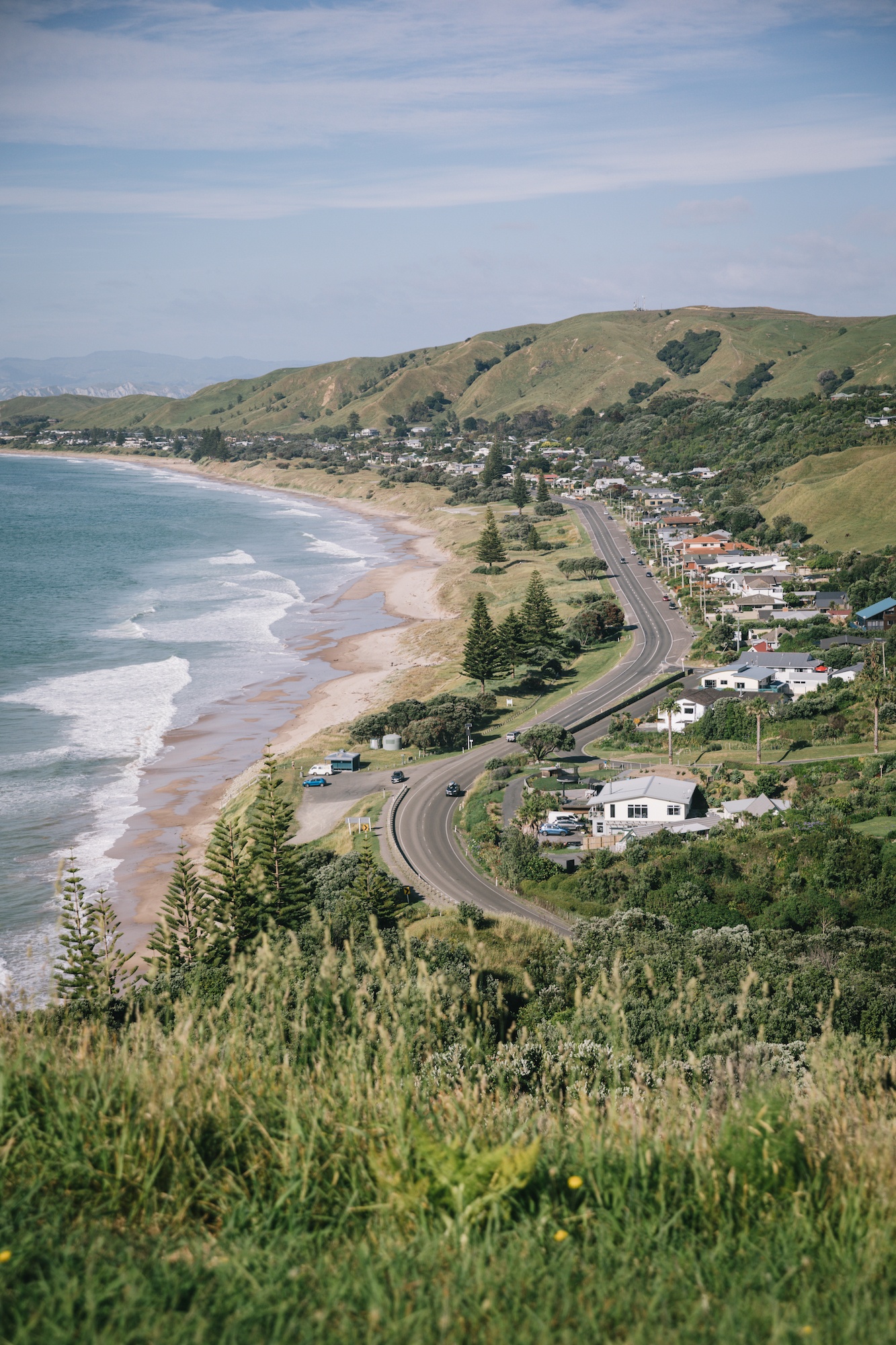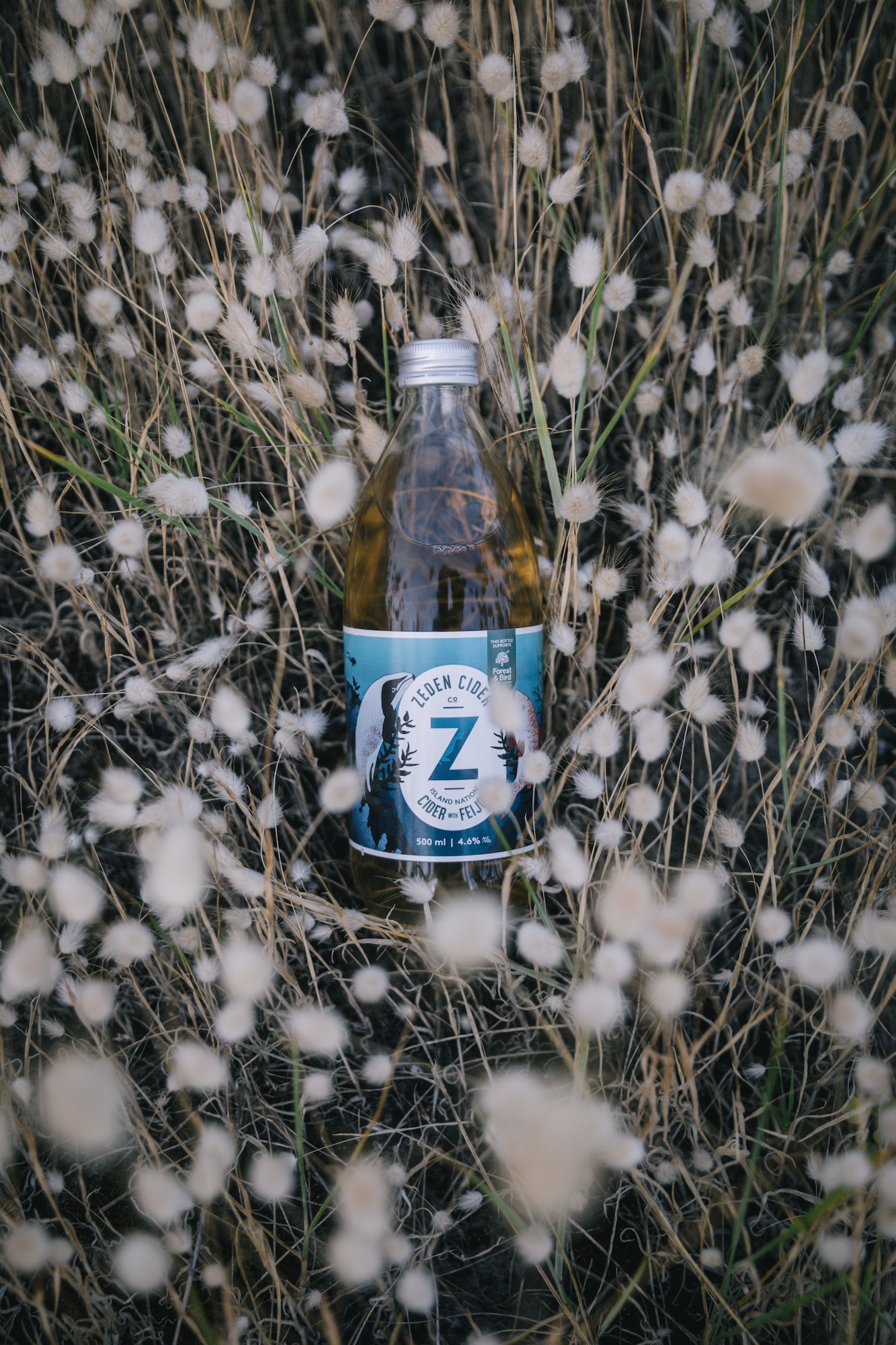For years and years, I’ve harped on and on right here about birds in New Zealand. I like them.
As a result of New Zealand developed with out mammals, many developed to fill that ecological area, with some shedding their capacity to fly. It additionally implies that all of them appear to have epic and memorable personalities. There’s the cheeky kea, a extremely smart mountain parrot. Or how about Sirocco, the well-known kākāpō, who went viral for attempting to mate with Mark Carwardine’s head in a documentary with Stephen Fry? Our nationwide icon, the kiwi, offers start to an egg so giant it’s the equal of a human birthing a three-year-old.
Many of those guys hover getting ready to extinction, extremely uncommon and endangered due to habitat loss and launched predators. They’re flashy and showy and infrequently get a lot of the consideration. However then they’re so many others who deserve the highlight, which I’m working extra on highlighting right here.
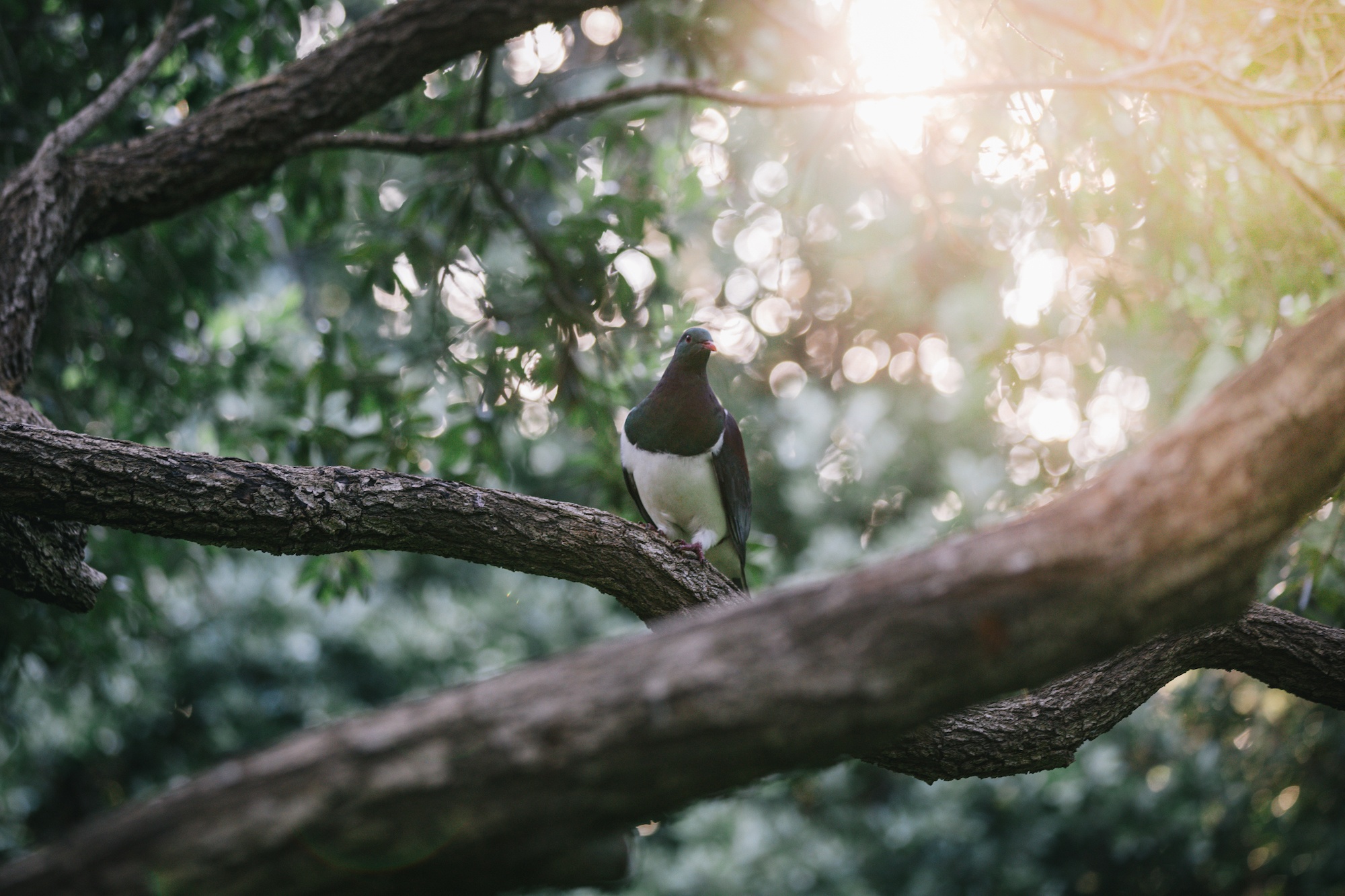
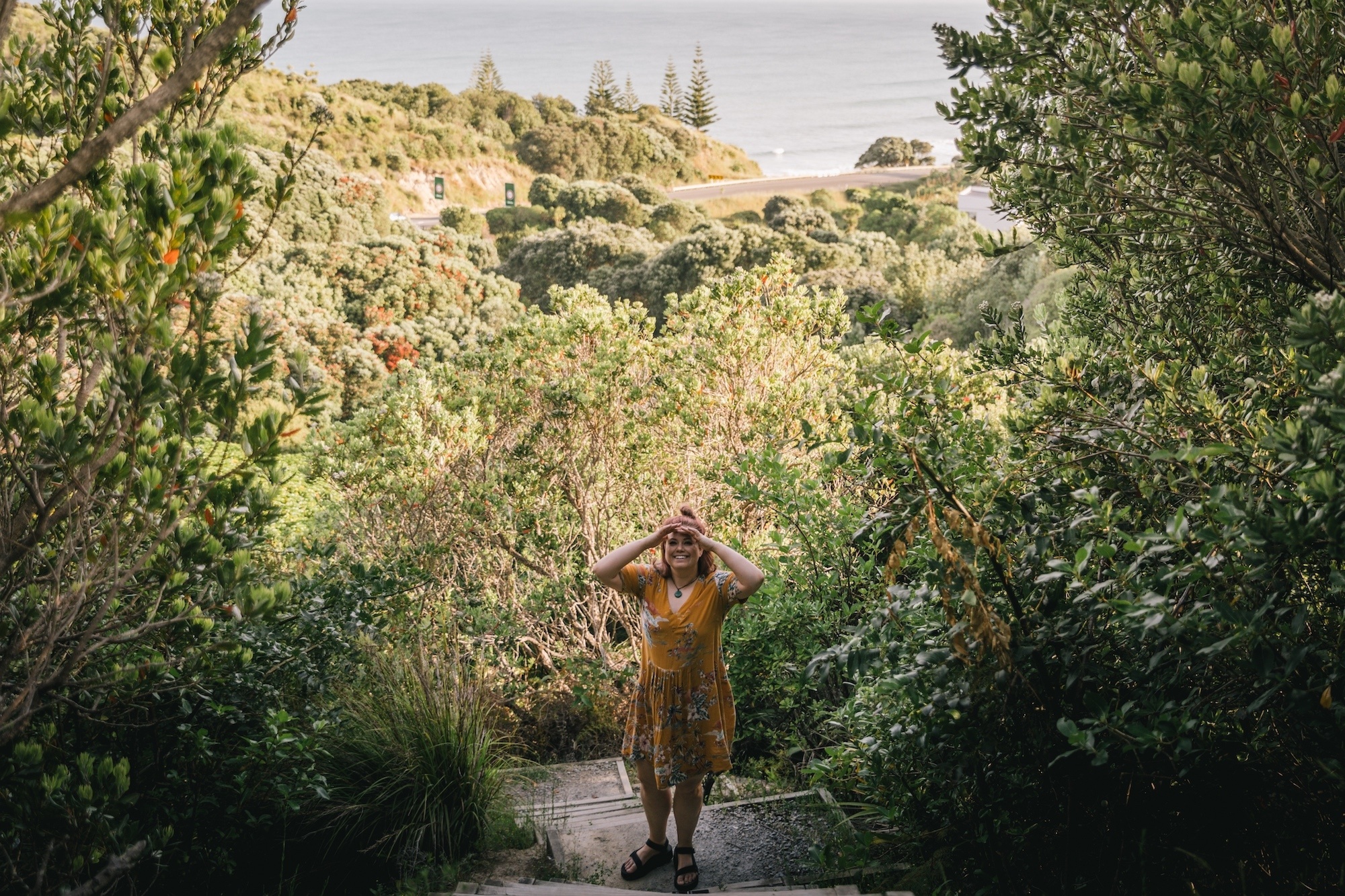

However I wished to start out with a chook that you simply usually have an opportunity to see whereas in New Zealand. Considerably uncommon, the kererū is our native wooden pigeon. A big chook with iridescent inexperienced feathers, a white physique, pink eyes and toes, with some bronze and purple thrown in, kererū are a widely known and beloved chook right here.
These guys can get actually fats, mixed with their tiny heads and exquisite coloring making them fairly cute, a lot cuter than your normal metropolis pigeons or, from the place I grew up, rats of the skies. In reality, they’re so heavy you usually hear them simply within the forest. Identified for being considerably clumsy and mating for all times, their wings beat very noisily once they take off, making a particular whoosh-whoosh sound. I usually hear them earlier than I see them. Kererū are very meme-able
However what it’s most well-known for? Kererū are identified to get drunk on fermented berries and fall out of bushes. Ah, a chook after my very own coronary heart. Fowl of the Yr champions in 2018, kiwis actually recognized with these guys, voting them proper to the highest.
And also you wager your ass that at some point I’ll open a bar referred to as The Drunken Kererū – patent-pending.

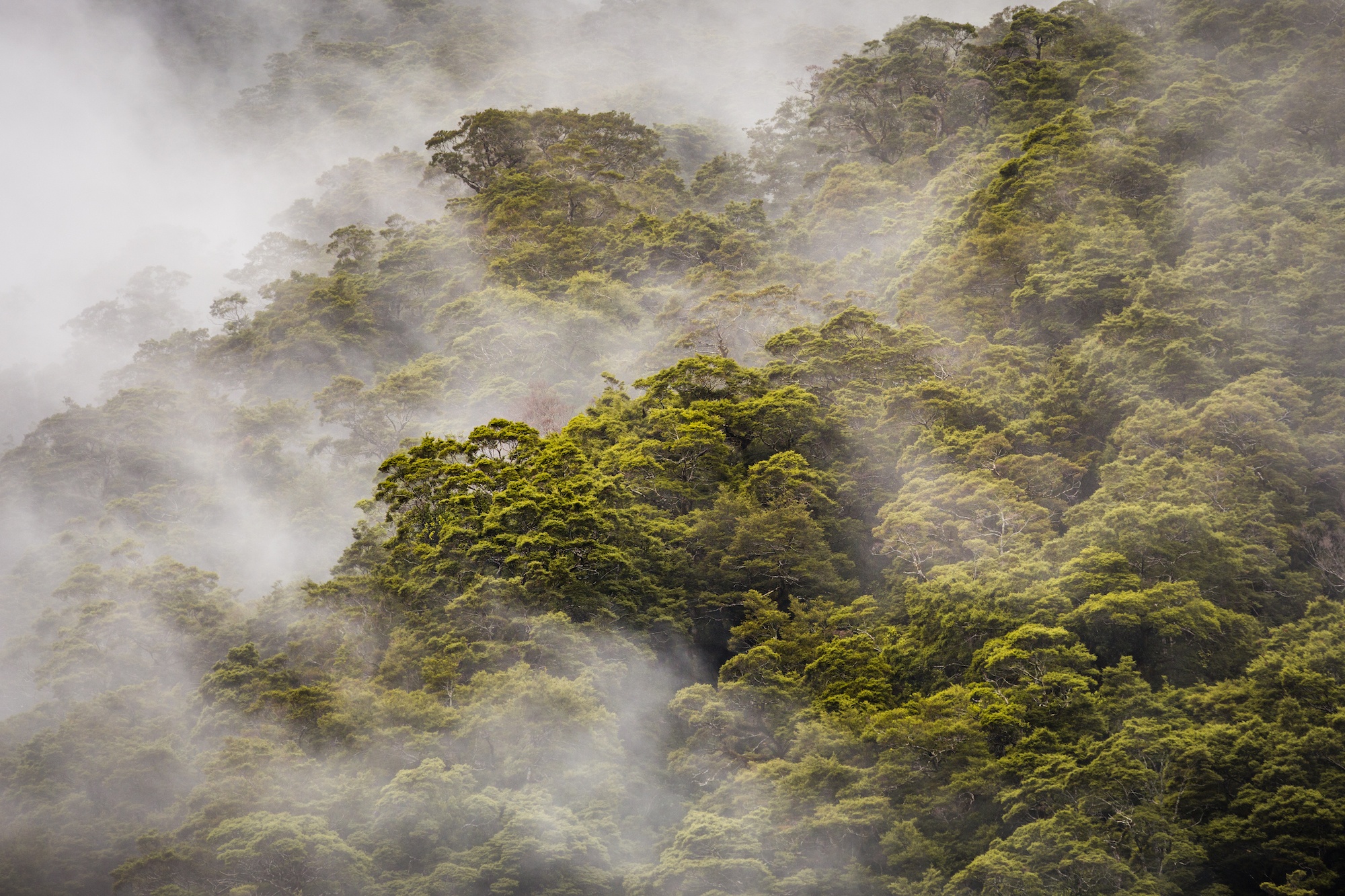
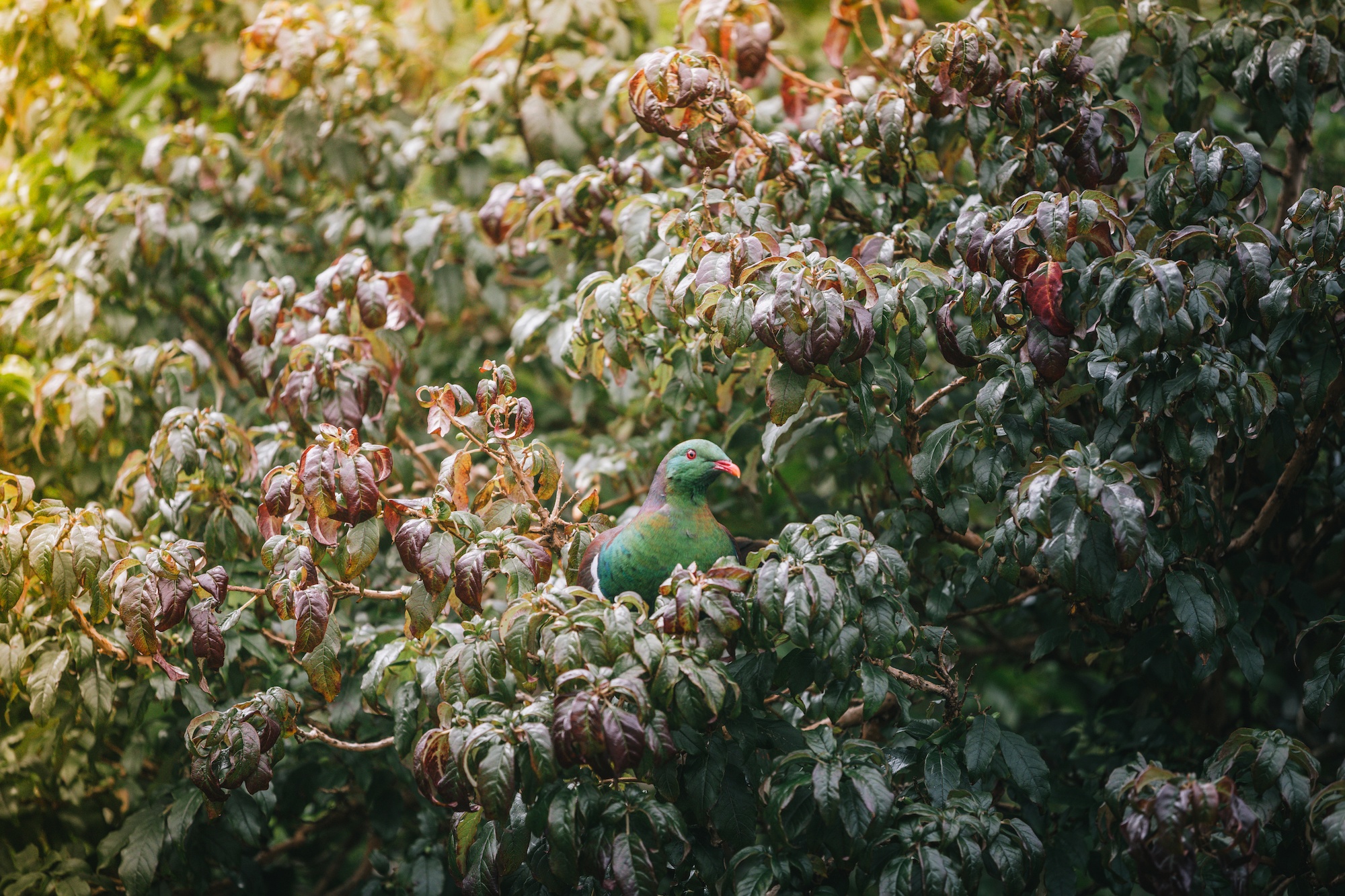
Kererū occupy a singular area in New Zealand ecology. They’re not so uncommon that you simply’ll by no means see them. However you gained’t see them sufficient to suppose they’re frequent – until you reside in an additional particular place. For instance, I’ve by no means seen one in Wanaka, however I’ve seen them on the fringes of close by Mt. Aspiring Nationwide Park and in most ecosanctuaries.
I’m no knowledgeable, but when I needed to guess, that’s due to the large improvement right here with just about no native bush across the city and the truth that there are too many cats right here.
I keep in mind seeing one dangle round my previous home in Rapaki outdoors Lyttelton for just a few days. It was an unforgettable expertise. Usually, kererū dangle round locations with first rate predator management. Their large white bellies and chunky form are arduous to overlook, particularly once they perch themselves on skinny, tiny branches that don’t seem like they need to help their weight.
Will they or will they not fall out of a tree? Or find yourself swinging the other way up from a department? Something is feasible.
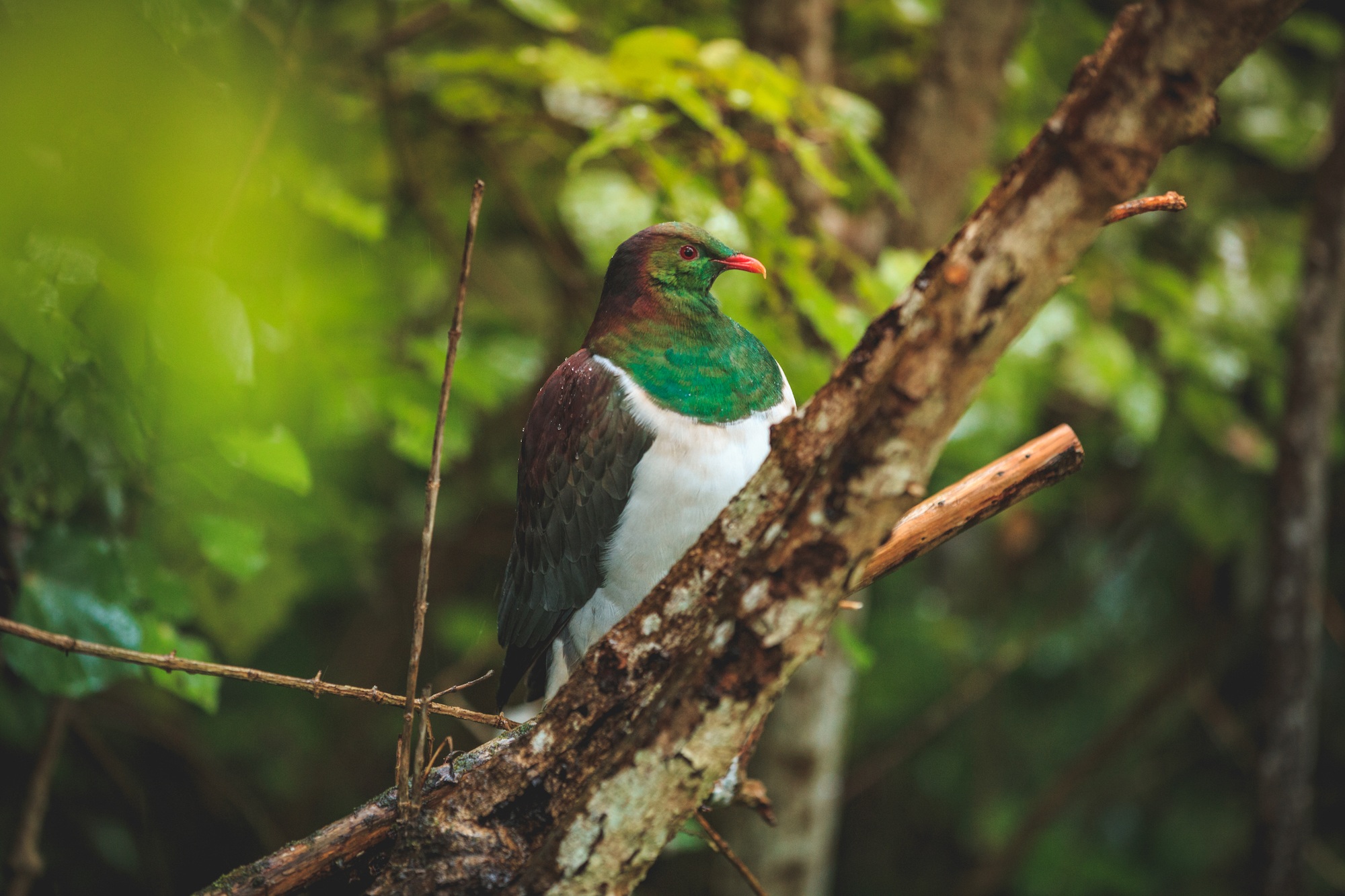
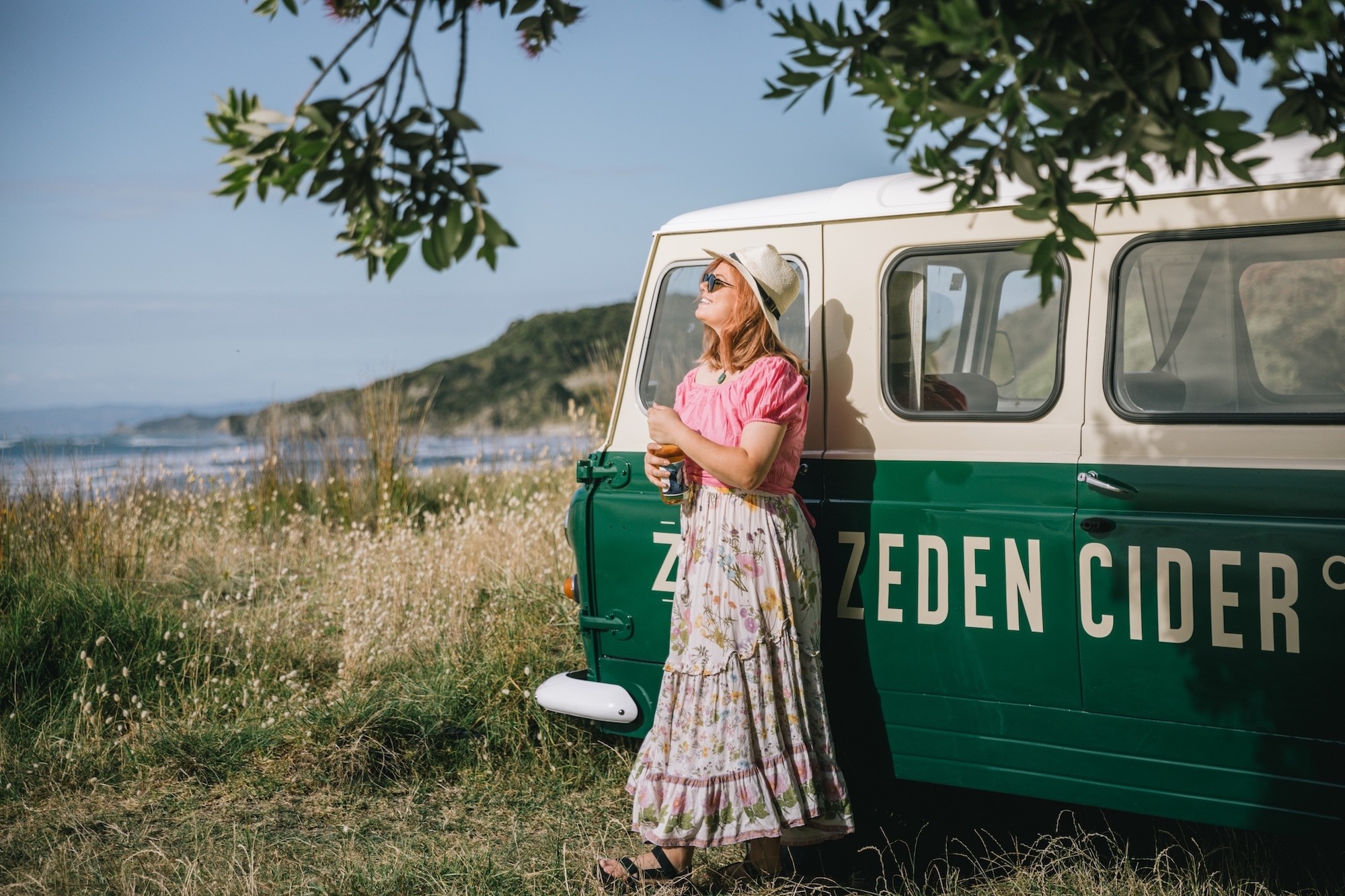

In my view, if I see a kererū in a metropolis or city itself, one thing goes proper there. There have been file numbers of kererū spreading round our capital, Wellington, in all probability in giant due to the large predator-free Zealandia ecosanctuary close by.
One place I observed kererū rather a lot was once I spent up in Gisborne with Zeden Cider. They have been in lots of parks, and I felt like I noticed them continuously. Zeden Cider offers 10% of its earnings to Forest & Fowl, the kaitiaki/guardians of those wild creatures, together with kererū. In reality, kererū function in a few of their designs which I like. The extra manufacturers get behind conservation, and the extra consciousness they’ll unfold, the higher!
I spent just a few days with the native Forest and Fowl chapter in Gisborne, trying out the completely different initiatives they have been engaged on and seeing a few of their success tales on the bottom.
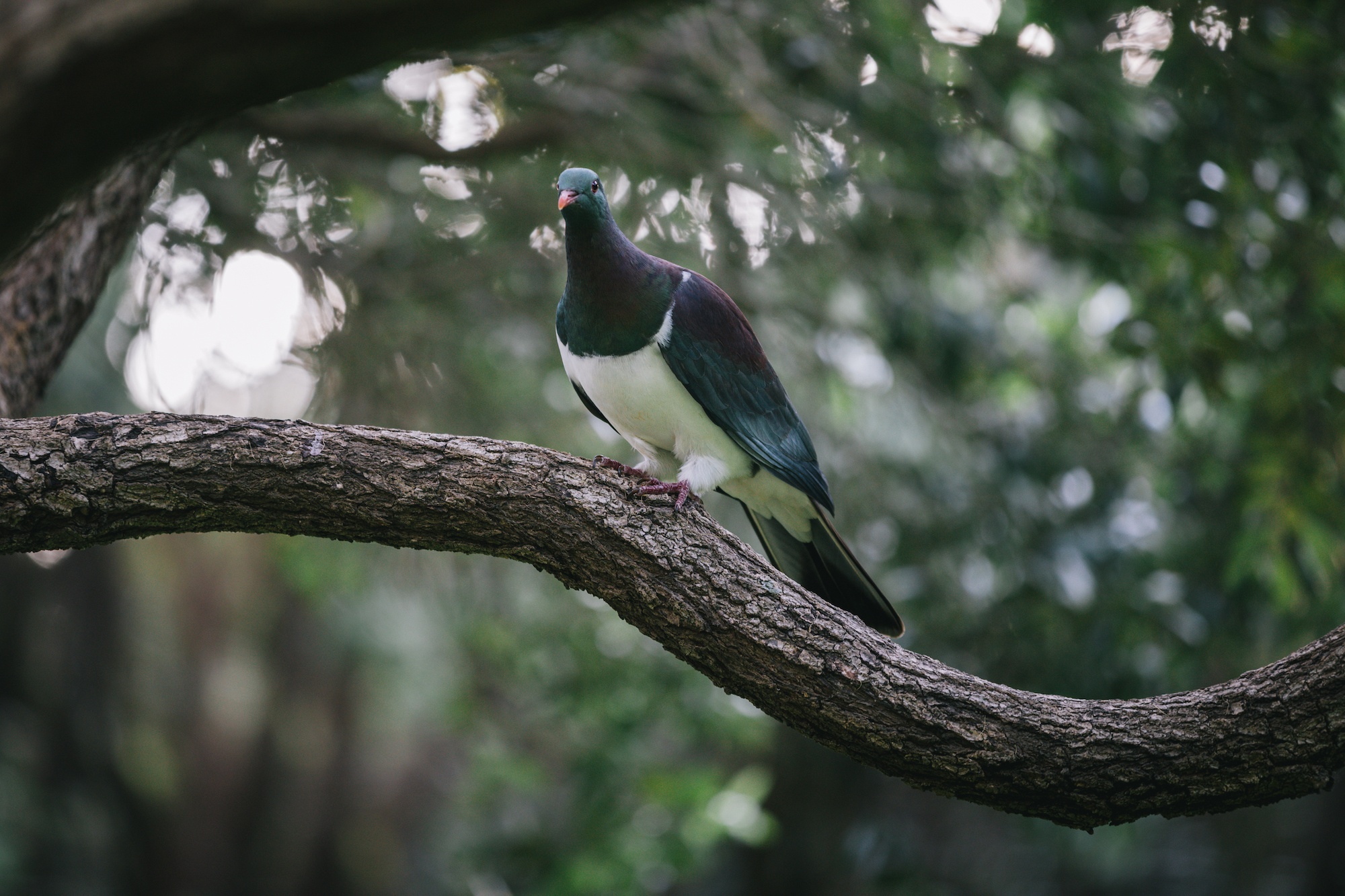
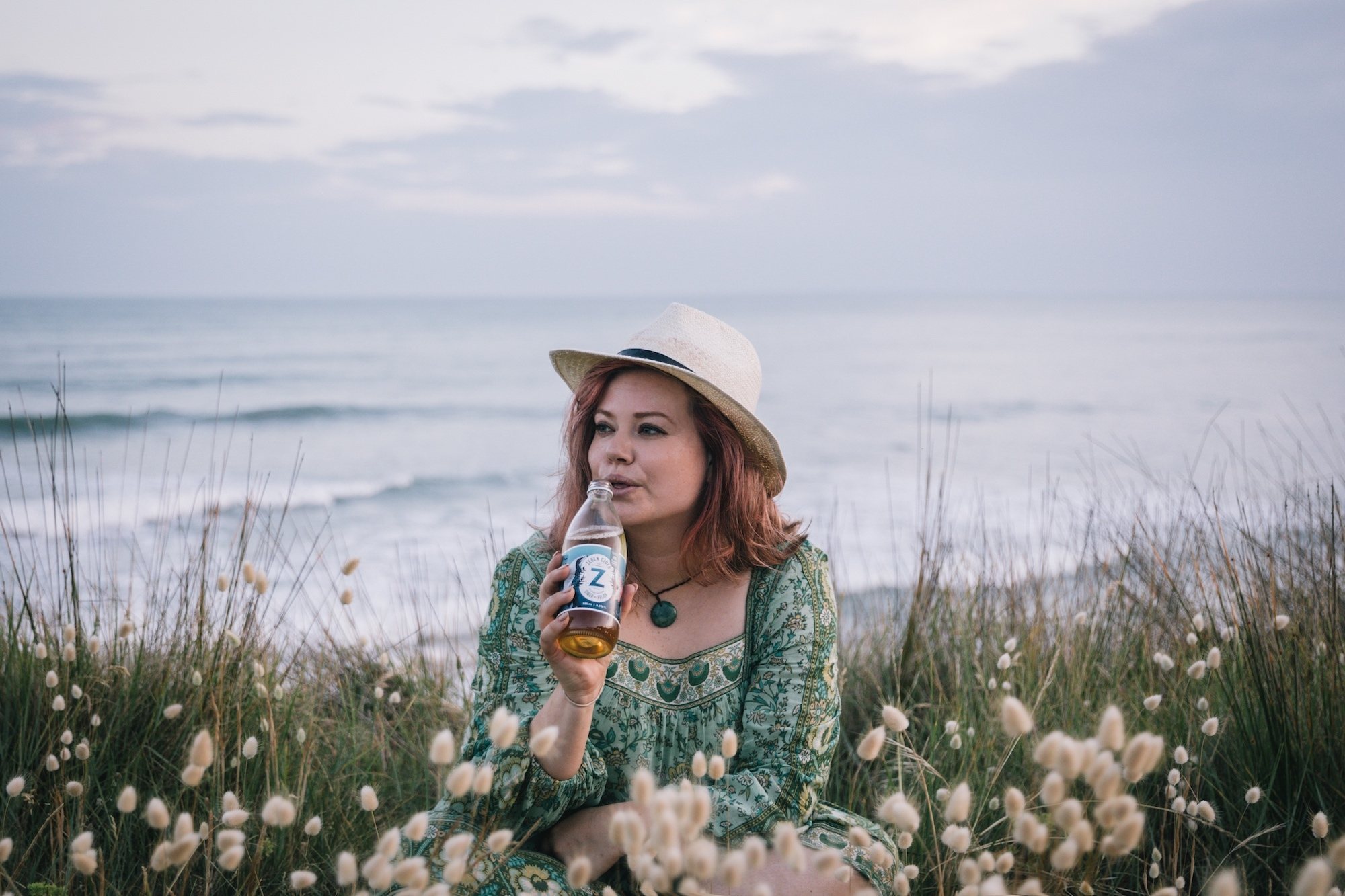
Kererū have been as soon as a most important supply of meals for Māori. Typically preserved in their very own fats, they have been harvested in snares in autumn once they have been getting tremendous fats. The feathers have been used for adorning issues and making cloaks. Since Europeans arrived in New Zealand, there was battle over the kererū. They wished to hunt them for sport with weapons, banning conventional trapping.
Finally, with the decline of the kererū, searching them in any method. However for the previous thirty years, there’s been vital debates over whether or not or to not reestablish the customary harvest of kererū by Māori. As of now, it’s nonetheless banned as a result of their inhabitants will not be thought of to be sturdy sufficient to deal with annual harvests. Some nonetheless hunt them in any case.
Some Māori iwi have a long-lasting, non secular relationship with kererū that goes again to the arrival of the primary canoes on our shores. Thought-about a taonga (a cultural treasure), kererū function in lots of the myths and tales.
One story recounts that the kererū gained its colourful plumage when the demigod Māui, looking for out the place his mom went every day, hid her skirt to delay her. When she went to the underworld with out it, Māui became a white pigeon and adopted her. He nonetheless held the skirt, which turned the kererū’s white breast and purple-green neck feathers.

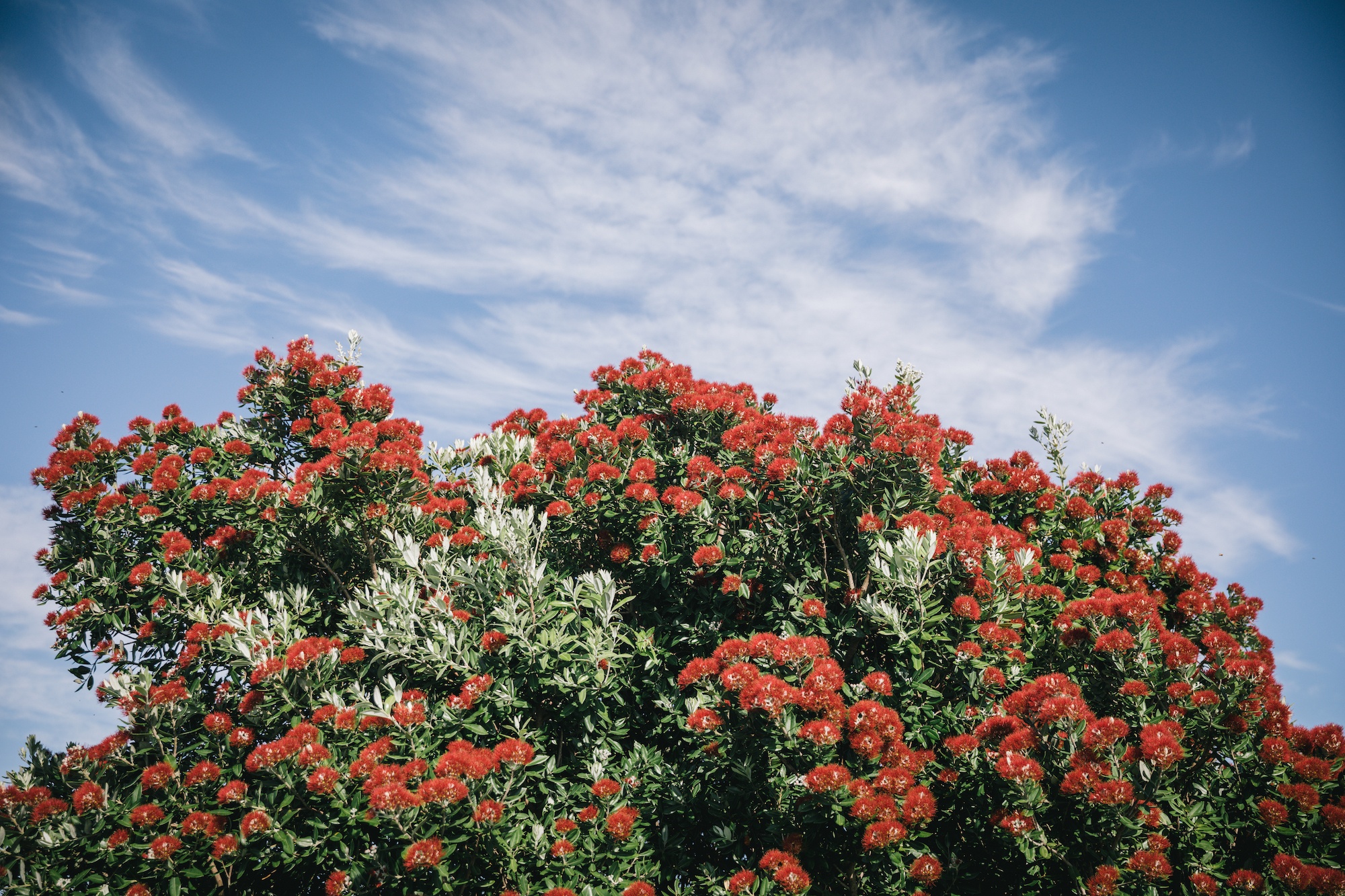
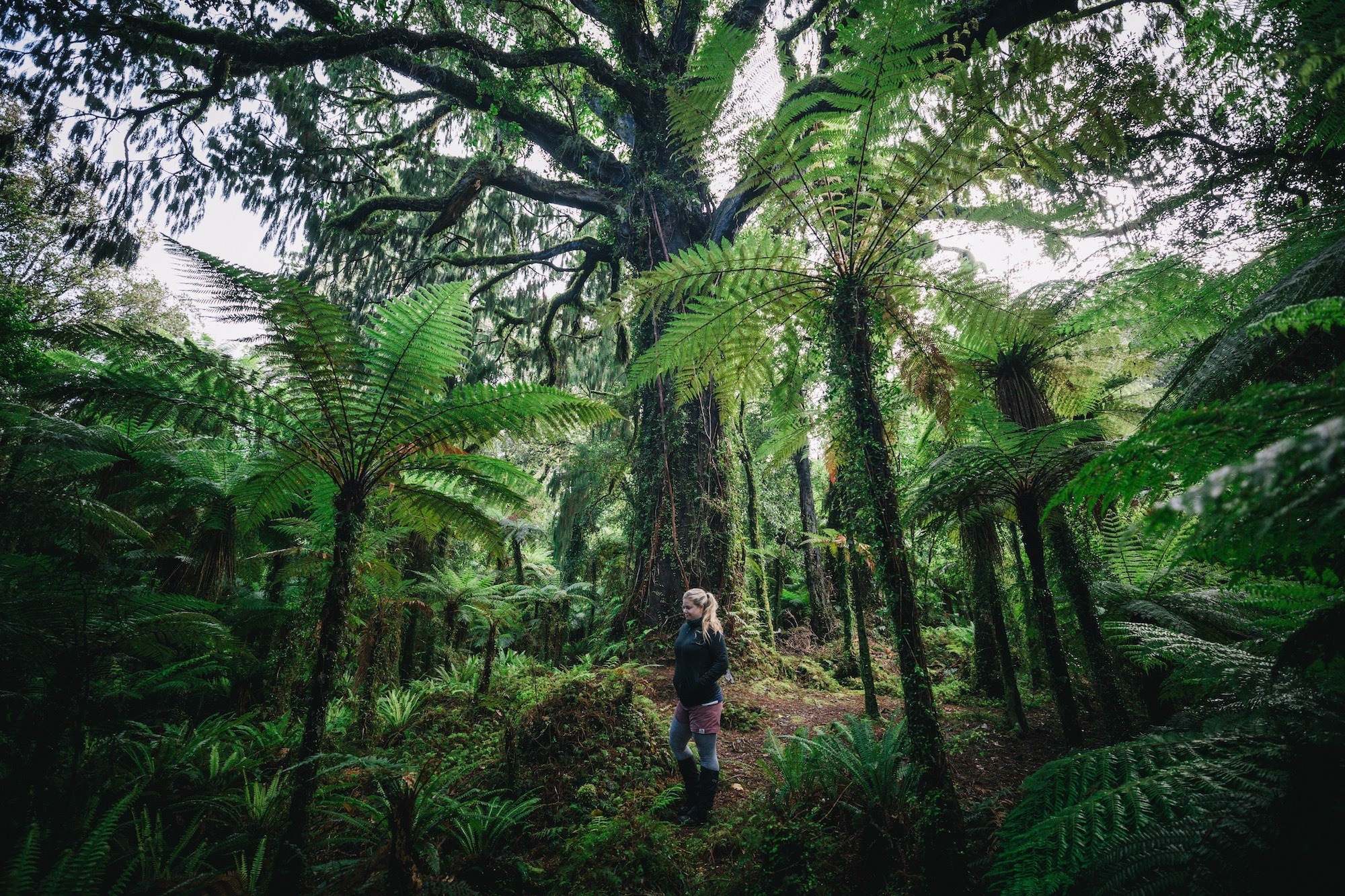
Kererū are actually necessary within the biodiversity of New Zealand as a result of they’re one among two birds right here that may eat fruit complete. This implies they scatter seeds wherever they fly, serving to unfold them far and vast. With out this, lots of our native bushes and forests will likely be in large hassle. Two different subspecies of kererū have already gone extinct.
In a super ecosystem, kererū would possibly reside for greater than 20 years. Sadly, for the time being, on common, they solely reside to in regards to the age of 5 due to pests, automobiles, or collisions with home windows.
I hope that at some point once I go into the forests, I can hear large flocks of kererū whooshing by means of the bushes. Think about the sound! Or dozens of drunken kererū flopping round in your backyard? Wouldn’t that be a sight?!
Have you ever met a kererū earlier than? Whereabouts?

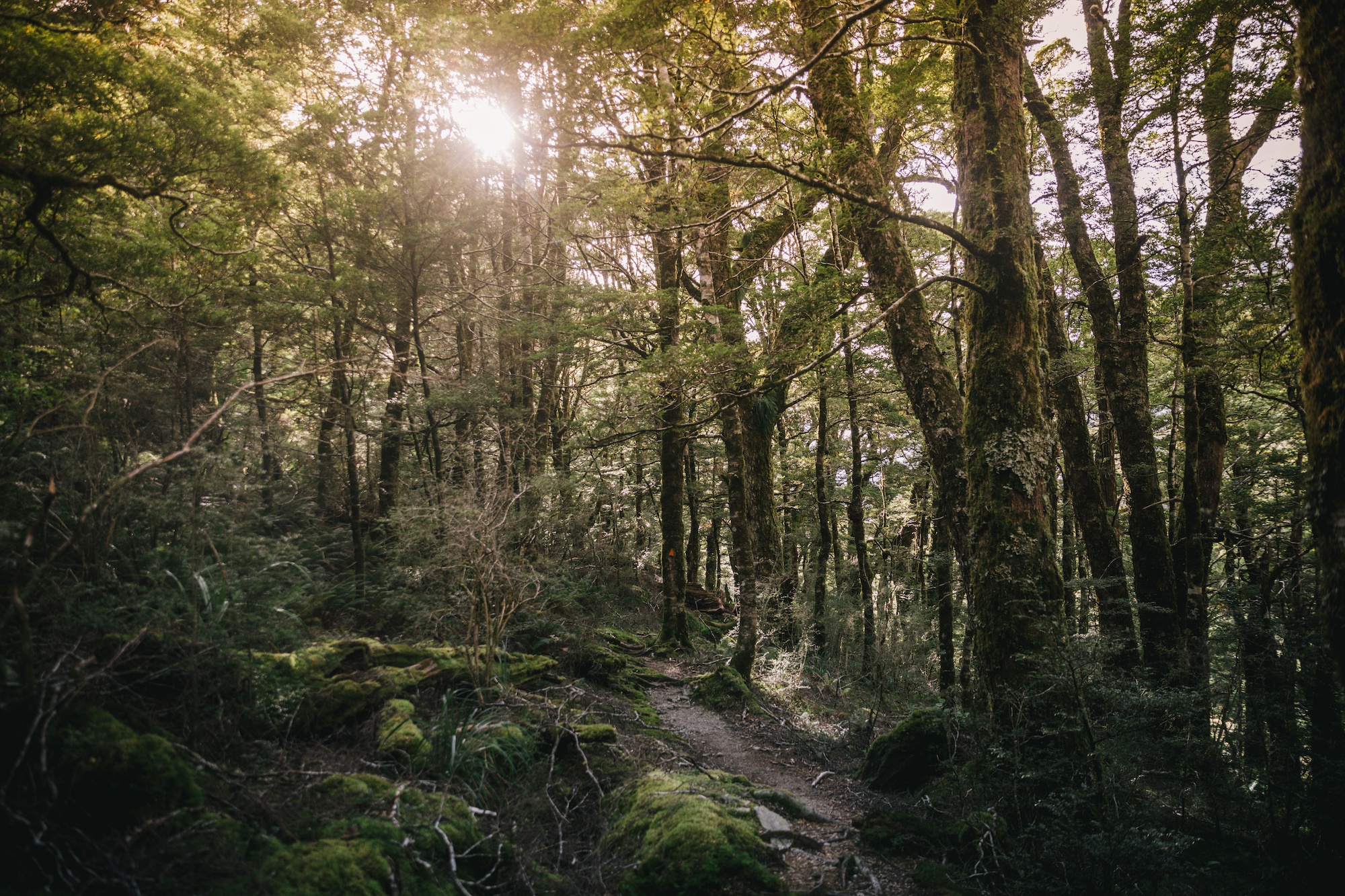
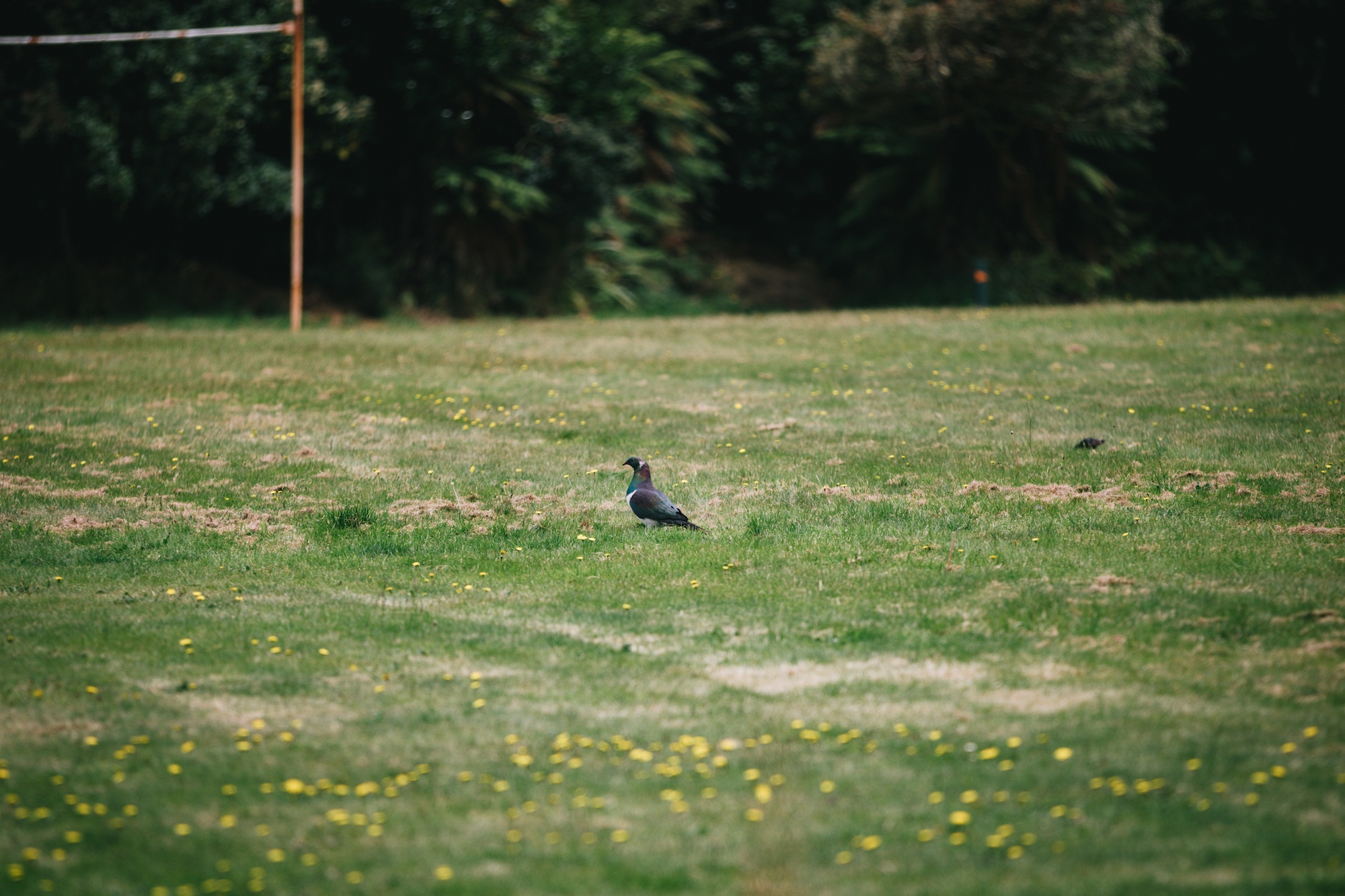
Many due to Zeden for internet hosting me in Gisborne. Like all the time, I’m conserving it actual – like you may anticipate much less from me.


